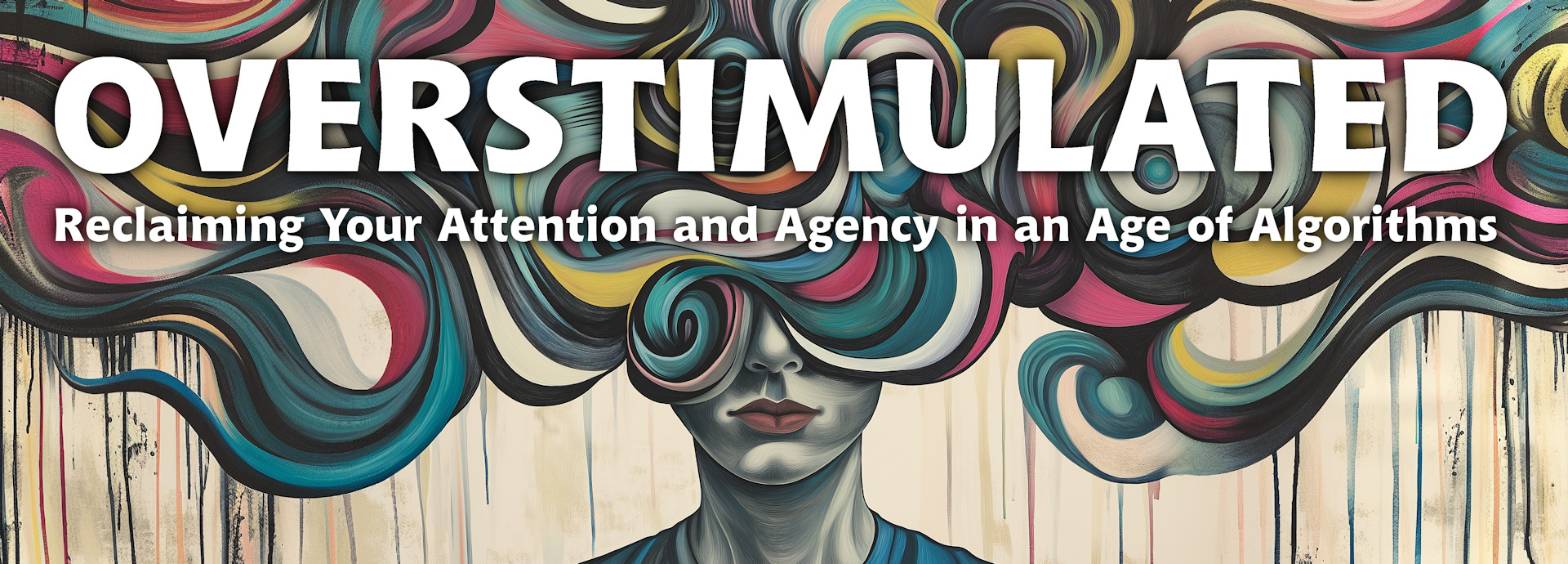Journey beyond the overwhelm and despair of today’s collective challenges. Grow into a clear-sighted, heart-centered change agent who can lead with love.
Your Path to Action
1
Take a Course
Gain powerful new understandings and capacities by taking one of our acclaimed flagship courses.
◊ Integral Spiritual Practice (to focus on inner growth and spirituality)
◊ A New Republic of the Heart Course (to combine inner growth and real-world action)
2
Attend AN Upcoming Event
Subscribe and stay tuned for the next live, online session to explore:
∗ Integrative perspectives on major world events and systemic challenges
∗ Spiritual teachings and practices from various wisdom traditions
∗ Conscious citizenship, collective trauma healing & spiritual friendship
3
Lead with Your Heart
Embrace your new clarity of purpose and your role in our world, to:
∗ Share wisdom and heart-centered guidance with your loved ones
∗ Shift your career and volunteering efforts in more purposeful directions
∗ Find others who are endeavoring to be in the world in brave new ways
Take the New Mini-Course
Explore the ways your wise and ancient brain gets lured into digital candy. Then, learn new habits to reclaim your attention, agency and authenticity. Six email lessons + 1 teaching session for only $35. Start here.

A Vision We Can Share
Our late founder, philosopher-activist Terry Patten, inspired leaders in over 50 countries with an exciting, sweeping vision for responding to our crises. Watch the 2-minute video below on how our amazing possibilities and our challenges can awaken the creative power in each of our hearts.
